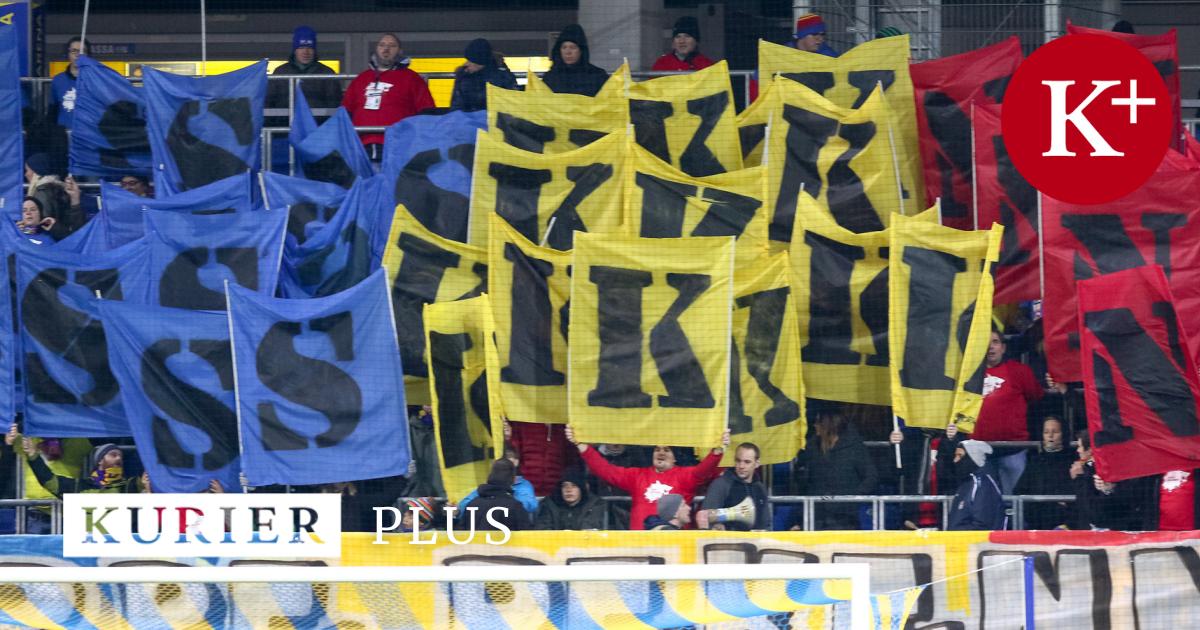Obstacles to self-consumption mergers: should they be too complex?
Solar energy production is especially beneficial if you can also use solar energy yourself. For the so-called self-depreciation, no taxes have to be paid to the municipality and the network operator.
Large factories can also be operated economically through mergers
Autonomous consumption groups – i.e. ZEVs – in apartment buildings are thus economically interesting, explains Leo-Philipp Heiniger, a specialist in renewable energies at the SFOE: “By integrating multiple consumers, there are more local sales opportunities, i.e. more consumption This means that larger systems can also be operated more economically.”
Cheap electricity for residential buildings
Lars Egger, president of real estate firm Espace Real Estate, realized this a few years ago and created ZEVs for several properties.
He now stands in Derendingen near Solothurn in front of three apartment buildings from the 1960s which he is currently renovating: “In addition to attractive kitchens and bathrooms, we wanted to offer tenants other attractions, for example electricity, that they could get cheaper off the grid.” His company actually wants to cut carbon dioxide emissions in half.
Blockstrom Corporation created ZEV here. Their boss, Urs Springer, leads them to the roof of the largest of the three buildings. “The photovoltaic system produces electricity over the entire usable area of the roof.”
Caption:
In residential buildings: Residents do not consume all the electricity produced by the system.
Colorbox / Joanna Boyadzhieva
On an annual average, home residents consume about one-third of the electricity produced on the roof themselves, and feed the remaining two-thirds into the grid.
Urs Springer explains that each home forms its own association for self-consumption. But this isn’t ideal: “We would have preferred to make a ZEV one of these three buildings and the garage. But unfortunately we couldn’t do that.”
Calling is too expensive
Problem: The law allows only one public network connection per ZEV. To create a ZEV for one of the three buildings, the homeowner had to connect the three buildings to special power lines.
The stumbling block is the obligation of all tenants to agree to the supply of solar energy.
As is usually the case with existing properties, this is very expensive here, Springer emphasizes. He sees other barriers to ZEVs, particularly management: “One of them is the obligation of all tenants to agree to the supply of solar energy” – even though this is cheaper than grid power.
For tenant protection reasons, there are also very complex tariff regulations. “Today it is so complicated that the tenant cannot understand it at all. I think this is a mistake.”
In fact, some improvements have been made to ZEVs in recent years, according to the SFOE, and more will follow.
In any case, the possibility of further mergers of self-consumption is great. According to VESE calculations, only about 4.5 percent of the potential of PV systems is still being used.

“Tv expert. Hardcore creator. Extreme music fan. Lifelong twitter geek. Certified travel enthusiast. Baconaholic. Pop culture nerd. Reader. Freelance student.”






More Stories
America's battle against inflation may soon end in recession
Current Legal Situation – Former CS Chiefs Are Allowed to Retain Bonuses – News
Experts say the US Federal Reserve must now push the economy into recession